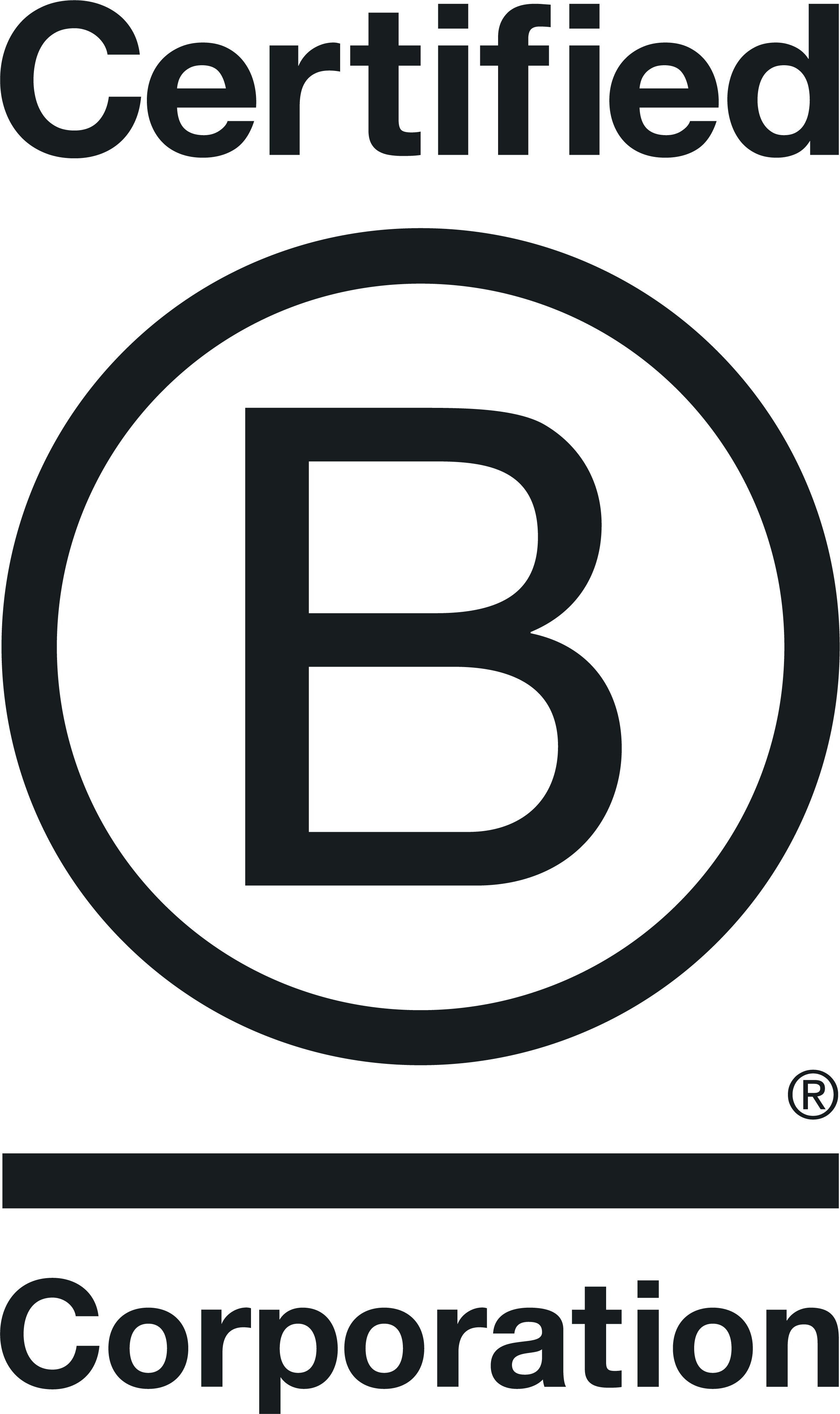How can communications trigger healthy behaviour change?
It’s a question we constantly face – especially because when we test communications, people often (unintentionally) lie to us!
In 2002, Sarah Milne at the University of Bath set up an experiment that sheds some light though. She randomly recruited 3 groups...
- Group 1 were simply asked to record their exercise habits.
- Group 2 were told the same, but also given a leaflet about the benefits of exercise. When asked, this increased their intention to exercise significantly. BUT, in reality, barely changed their behaviour at all.
- Group 3 got the same as Group 2, but were also asked at the start of the exercise to state when and where they would exercise.
Whilst 35% of Group 1 and 38% of Group 2 exercised at least once a week, a massive 91% of Group 3 exercised at least once a week.
Why does this work, and why do we often draw on this idea?
'Healthy behaviour' is nebulous and abstract. If someone asks you to picture ‘exercise’ in your mind for example, you’ll have a vague idea of what that looks like.
But, if someone asks you to picture exercise at a particular time and place, or with particular people, it becomes more concrete, and therefore more likely to form a commitment or habit.
It creates a commitment trigger.
This is one of many behavioural science principles we can creatively build on in all sorts of applications.
How could you apply the implementation-intention effect for your business?
(And when and where will you do it?)
